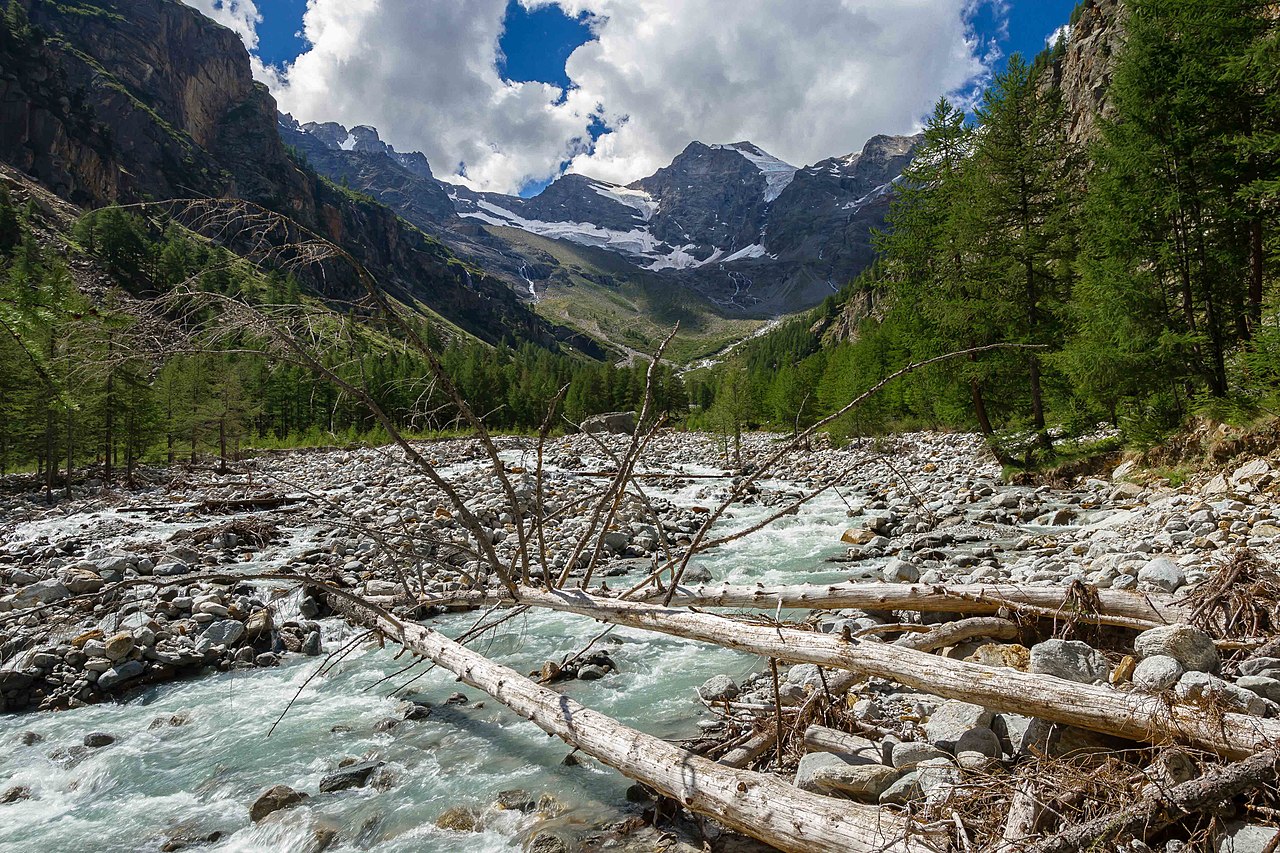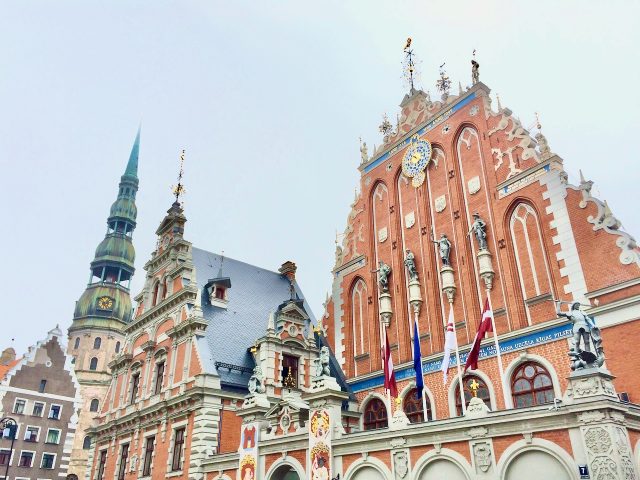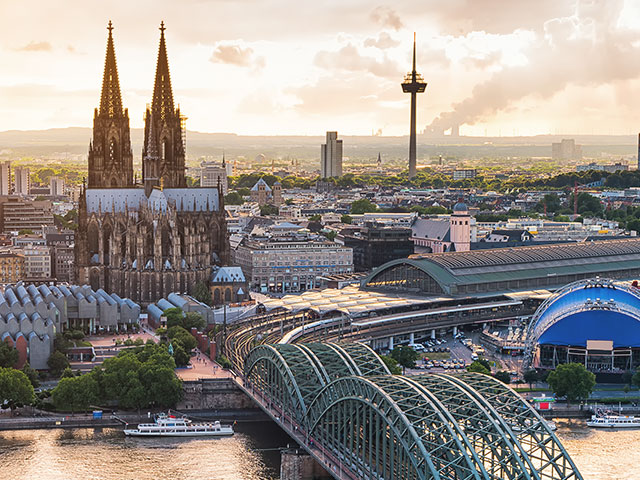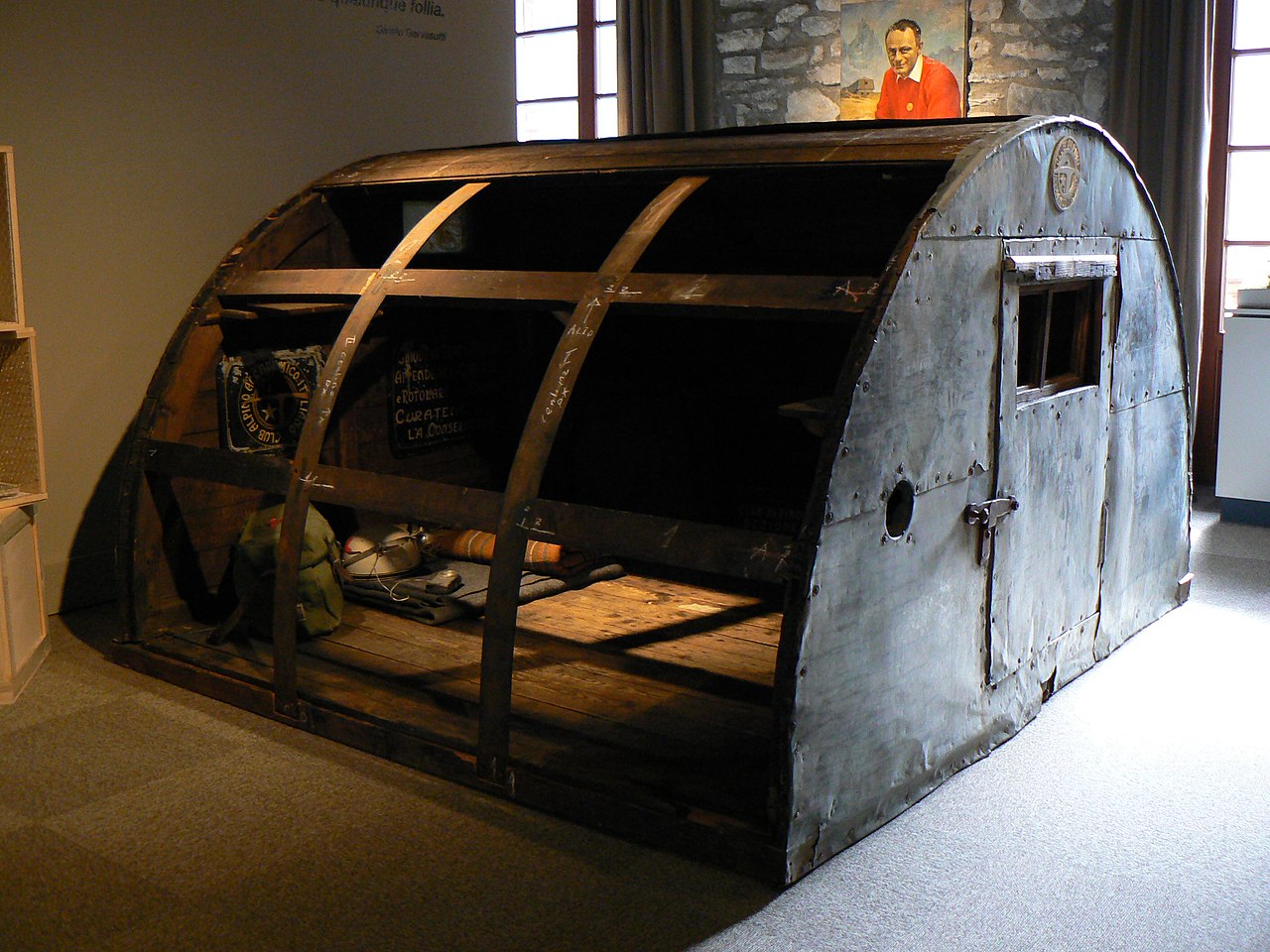 Gran Paradiso National Park (also know as Parco nazionale del Gran Paradiso in Italian and Parc national du Grand-Paradis in French) is a 703 km²
park in the Graian Alps located between the regions of Aosta Valley and Piedmont in Italy, named after the mountain Gran Paradiso.
Initially it was created to protect the Alpine ibex from poachers and
as it was a personal hunting ground for king Victor Emmanuel II.
Gran Paradiso National Park (also know as Parco nazionale del Gran Paradiso in Italian and Parc national du Grand-Paradis in French) is a 703 km²
park in the Graian Alps located between the regions of Aosta Valley and Piedmont in Italy, named after the mountain Gran Paradiso.
Initially it was created to protect the Alpine ibex from poachers and
as it was a personal hunting ground for king Victor Emmanuel II.
How do I arrive to Gran Paradiso National Park?
Gran Paradiso National Park is located in the mountains so it's not quite well connected. - Bus: to communicate the national park with the rest of Aosta Valley there ar buses that connect Cogne with Sarre (aprox. 40 minutes) or Aosta (aprox. 50 minutes). In the side of Piedmont there are two bus lines that connect the national park, Rivarolo-Pont-Locana-Noasca-Ceresole (aprox. 1 hour 35 minutes) and Turin-Pont Canavese-Valprato Soana (aprox. 2 hours 15 minutes).
- Car: the main entrance to the Valdostan part of the National Park is via Cogne, that can be reached from places such as Aosta (aprox. 35 minutes), Courmayeur (aprox. 50 minutes) or Pont-Saint-Martin (aprox. 1 hour 5 minutes) while the Piedmontese side (the village of Noasca) can be arrived from sites such as Parella (aprox. 50 minutes), Ivrea (aprox. 1 hour 5 minutes), Turin (aprox. 1 hour 25 minutes) or Biella (aprox. 1 hour 35 minutes).
Once
in the Park the best ways to move around the park are the car or simply hiking.
History
The history of the Gran Paradiso National Park is closely linked to the preservation of its symbolic animal, the ibex, object of indiscriminate hunting for centuries throughout the Alps. At the beginning of the 19th century, it was believed that this animal was extinct throughout Europe until a colony of about one hundred specimens was discovered in Gran Paradiso massif. In 1821 the king of Sardinia Carlo Felice prohibited hunting ibex (not inspired to protect it but by mere hunting speculations). In 1850, the king Vittorio Emanuele II decided to set up a royal hunting reserve in those valleys (officially born in 1856), making the area receive a lot of prosperity. Vittorio went to the Gran Paradiso reserve usually in August (between 2-4 weeks). His successors, Umberto I and Vittorio Emanuele III, also undertook long hunting campaigns in the reserve until the last royal hunt took place in 1913. Vittorio Emanuele III ceded the territories of the Gran Paradiso he owned with the relative rights to the State in 1919, indicating as a condition that the idea of establishing a national park for the protection of alpine flora and fauna be considered. In 2014 the Gran Paradiso became part of the world Green List of protected areas, the only Italian park to have obtained this recognition.
What can I visit in Gran Paradiso National Park?
Gran Paradiso National Park is quite popular among people who like mountains, nature or simply taking trails. As the area is highly mountainous it's recommended to take the trails between May and October, where there's very snow left on the mountains and therefore it's less risky. Now it will be explained what to do in the park according to
the town or village where they are or the nearest one:
-
 |
Alpine Garden Paradisia
|
Going a bit into Valnontey Valley, in Valnontey (frazione of Cogne), there's Alpine Garden Paradisia (10-18:30 from Jul to Aug; 10-17:30 mid-Jun and mid-Sep; 3€/ 1.50€ adults/ reduced). This garden placed in the heart of the park (in a place rich in basins and natural valleys) that offers the best conditions for the cultivation of mountain and Alpine species. The garden is surrounded by the magnificent scenario of the Gran Paradiso massif and it's specially recommended to visit the garden from mid-June to mid-July, in the peak blossoming period. From here there are some interesting routes such as the Trail to Refuge Vittorio Sella (9.5 km), the longer Refuge Vittorio Sella-Casolari dell'Herbetet Loop (20 km), |
Bivouac Leonessa
|
that covers all the trail to Refuge Vittorio Sella; or Bivacco Leonessa Route (22 km), a difficult hike that finishes at Bivouac Leonessa. Both are very nice nd allow the visitor to get in touch with nature and the mountainous flora and fauna. From both can be seen two of the top mountains in the national park, Herbétet (3778 m high) and Torre del Gran San Pietro (3692 m high).
- Valsavarenche (Ouahèntse in Franco-Provençal): 174 inhabitants village in Valsavarenche Valley, in Aosta Valley. The village has two frazione, Nex and Tignet, that retain the characteristic alpine architecture of the late Middle Ages.
- Valsavarenche Resistance Museum (booking on advance):
 |
Sentiero Natura
|
small documentation center located in the village of Rovenaud, birthplace of Émile Chanoux, dedicated to the fathers of Valle d'Aosta autonomy (including Émile Chanoux and Federico Chabod), to the Resistance, the theory of federalism and the European project. - Not far from Valsavarenche it can be seen the former Royal Hunting House at Orvieille, house built in 1862 for king Vittorio Emanuele II as a base for his hunting trips, still used by the park guards as Casotto. To arrive here there are different options, being the two best choices: Degioz-Royal Hunting House at Orvieille Trail (12.6 km), that departs from the frazione of Degioz; and Sentiero Natura (15.6 km), a loop that visits
.jpg/1280px-The_rock_goat_and_the_Grivola_(14514211392).jpg) |
Alpine ibex close to Grivola
|
Djouan Lakes too.
- In Valsavarenche it can be observed the peak Grivola (3969 m high), the third highest in Gran Paradiso National Park.
- In the western part of the national park in Aosta Valley there's the municipality of Rhêmes-Notre-Dame (Noutra Dama de Réma in Franco-Provençal) with its 86 inhabitants, having some importance its woodworking for the creation of various objects (including agricultural tools). Here some hikes can be done such as the short Trail to Refuge Marmotte (4.5 km) or Refuge Federico Benevolo-Goletta Lake Trail (12.3 km), reaching the glacial Goletta Lake.
 |
Gran Paradiso
|
Advancing in Valsavarenche Valley the visitor will find the most spectacular trails and landscapes of the National Park. There's a wide variety of hikes to take but some of the most recommended ones are Refuge Vittorio Emanuele-Refuge Federico Chabod Trail (19 km), loop between two of the most valued refuges in the park and obviously the routes to the top of Gran Paradiso (4061 m high), the highest mountain in the national park and the one that names it. There are two choices to do it: Gran Paradiso Route via Refuge Vittorio Emanuele (17.6 km) and Gran Paradiso Route via Refuge Federico Chabod (22 km).
 |
Road to Nivolet Pass
|
On the way from Aosta Valley to Ceresole Real it's crossed Nivolet Pass (2641 m high), starting point of several trails and hikes and place where the artificial Nivolet Lakes are located. The approach road from one of them (Agnel Lake) was the location of several scenes in the film The Italian Job. Some of them are Punta Basei Trail via Refuge Savoia (10.2 km), one of the toughest routes with relentless ascent, descent or traverse in succession and Refuge Chiavasso-Mont Tout Blanc-Le Preuil-Refuge Vittorio Emanuele- Tresenta-Monte Giansana Route, one of the longest routes in Gran Paradiso that goes along the heart of Gran Paradiso National Park. It visits lakes like Tre Becchi Lakes or Nero Lake or the peak of mountains such as Mont Tout Blanc (3438 m high) or Monte Giansana (3047 m high). This last mountain can also be reach from the frazione of Pont via Monte Giansana Trail (15.1 km).
 |
Ceresole Lake and Ceresole Reale
|
Continuing the road from Nivolet Pass in Piedmont the visitor arrives to Ceresole Reale (Ceresòle in Piedmontese, Cérisoles in French), a 161 inhabitants village located in Orco Valley, in the north of Piedmont and in the south of Gran Paradiso National Park. The main attraction here is Ceresole Lake, an artificial lake created between 1925 and 1931 when a dam with a hydroelectric plant was built by Turin's electricity authority. On its largest parts it's 3 km long and 700 m wide.
To get great views of the village and the lake it can be taken Nel Pass Loop (11.5 km), a round trail of medium difficulty.
 |
Noasca Waterfall
|
- Noasca (Novaska in Franco-Provençal): 116 inhabitants village located in Orco Valley, in the north of Piedmont and in the south of Gran Paradiso National Park.
- Noasca Waterfall: 32 m high water jump formed by the Noaschetta stream, regarded as one of the most famous in Piedmont.
- Noasca Church: parish church whose origins are unknown but it was already defined as very ancient in the 19th century.
- From Noasca it begins a nice route that gets deeper into the Piedmontese side of this national park. The first part of the route is Noasca-San Lorenzo Trail (15.5 km), a trail that goes by river Orco till getting into the woods, arriving to the Sanctuary of Sant'Anna a Meinardi (a beautiful sanctuary in Neo-Gothic and Neo-Romanesque styles from the 19th century) and the frazione of San Lorenzo. From here it departs the second part, San Lorenzo-Talosio Trail (13.9 km), a difficult trail in the mountains that has nice views and gets by the artificial Eugio Lake and finishes in the frazione of Talosio.
 |
Sanctuary of Prascondù
|
The third and shortest part is Talosio-Ronco Canavese Trail (9.1 km), a hike that has views to Monte Colombo (2848 m high) and visits the Sanctuary of Prascondù, a Baroque style sanctuary from the 17th century that is one the best known places of worship in the Canavese area and in Gran Paradiso National Park. Lastly it comes the fourth part of the route is Ronco Canavese-Sanctuary of St. Besso Trail (13.1 km), a hike in Soana Valley (easternmost valley of the national park) that finishes in the Sanctuary of St. Besso. This shrine under the cliff was comissioned by king Umberto I in 1897 that is popular for some local pilgrimages.
Where can I eat in Gran Paradiso National Park?
The park's food products are mainly bodeun (stuffed with pork blood and potatoes) and mocetta (chamois-based salami). The best ideas to eat in Gran Paradiso National Park are the Valdostan restaurant Lour Ressignon (Rue Mines de Cogne 22) in Cogne or the restaurant of Hotel Petit Dahu in Valnontey.To buy traditional Valdostan artcrafts is a nice idea to have a look at Le Marché Aux Puces (Rue Grand Paradis 4) in Cogne.
 Gran Paradiso National Park (also know as Parco nazionale del Gran Paradiso in Italian and Parc national du Grand-Paradis in French) is a 703 km²
park in the Graian Alps located between the regions of Aosta Valley and Piedmont in Italy, named after the mountain Gran Paradiso.
Initially it was created to protect the Alpine ibex from poachers and
as it was a personal hunting ground for king Victor Emmanuel II.
Gran Paradiso National Park (also know as Parco nazionale del Gran Paradiso in Italian and Parc national du Grand-Paradis in French) is a 703 km²
park in the Graian Alps located between the regions of Aosta Valley and Piedmont in Italy, named after the mountain Gran Paradiso.
Initially it was created to protect the Alpine ibex from poachers and
as it was a personal hunting ground for king Victor Emmanuel II.


.jpg/1280px-The_rock_goat_and_the_Grivola_(14514211392).jpg)











 10:48
10:48
 Banknotemaniac
Banknotemaniac


 Posted in:
Posted in: 






